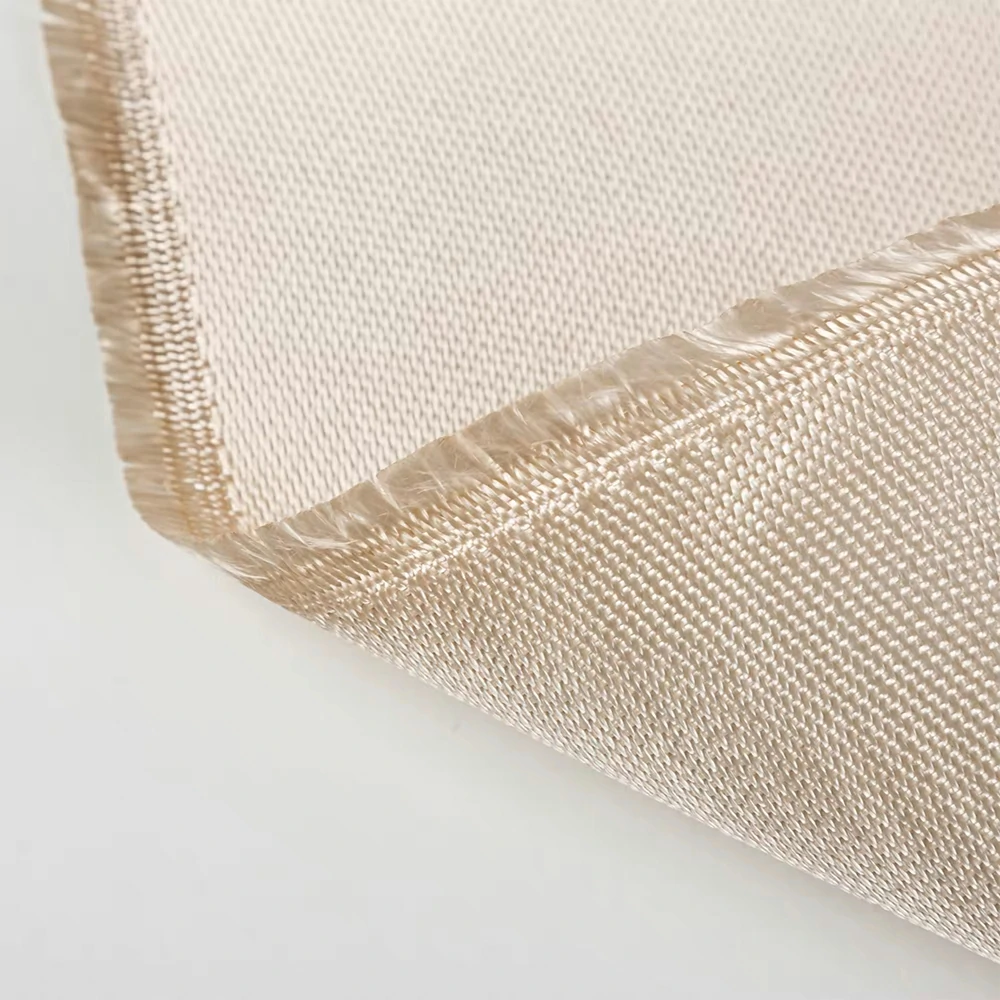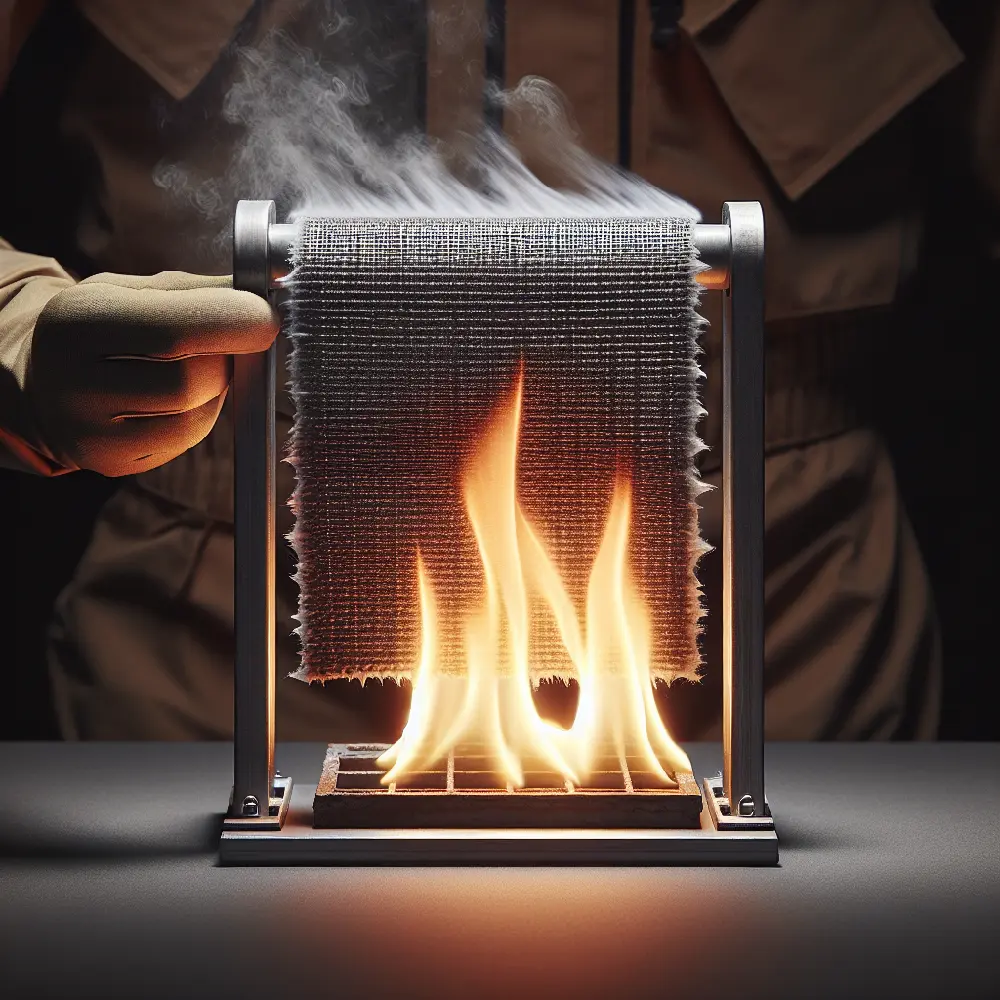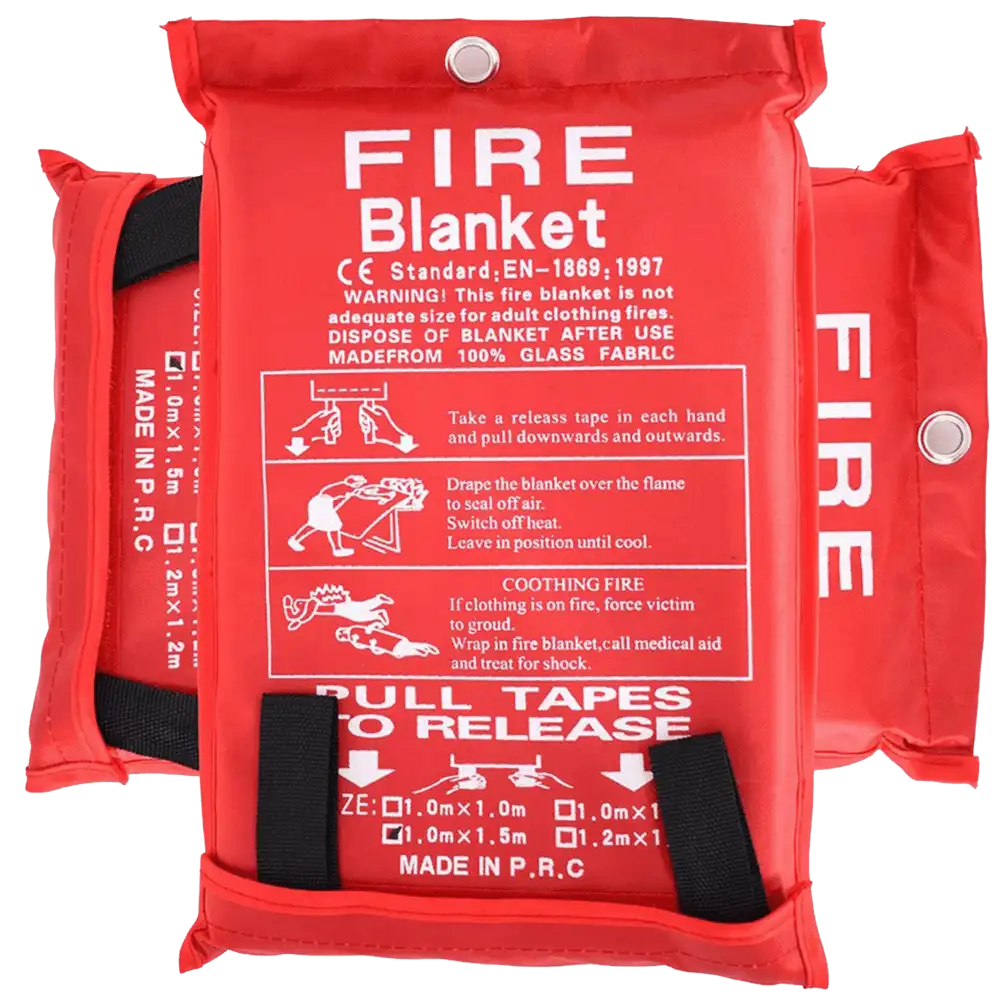
Fiberglass insulation has been the undisputed standard in the construction industry since 1941. But in 2000, a competitor of the faced fiberglass batt appeared: Aluminium Foil Fibreglass Insulation Blanket, a heat-reflecting fiberglass fabric.
Although glass fibers have low cost and good thermal insulation performance, the stimulation of the human body has also become an unavoidable problem.

Unlike glass fiber wool, aluminum foil insulation materials, such as aluminum foil fiberglass fabrics, often appear in sheet form. Their strong metal resistance makes them easy to wrap or veneer on pipes or walls. Next, we will explain the differences between aluminum foil insulation and glass fiber insulation and their characteristics.

There are three ways of heat transfer: heat conduction, heat radiation, and heat convection.
Perhaps before this, you have noticed that the product you purchased has a parameter such as the R-value, which represents the amount of heat your insulation material conducts per inch. The primary conduction mode of heat: thermal radiation, is not within the range measured by the R-value.
Thermal radiation refers to the temperature of an object radiating electromagnetic waves. Thermal radiation often accounts for 75% of all heat losses, while aluminum foil insulation materials can block 97% of thermal radiation.
Although glass fiber and other insulating materials have good protection ability in heat convection and heat conduction, they are powerless against heat radiation. Aluminum foil insulation made of heat-reflecting aluminum is the best choice for thermal radiation insulation.

Fiberglass Insulation
After many years of use, various countries have formulated corresponding standards for glass fiber fabrics.
Most are (E-glass) alkali-free glass fiber insulation materials. Pure glass fiber is still highly irritating to the human body, and if the thread is inhaled during use, it will cause lung damage. In addition, glass fiber is useless for heat radiation and high-humidity environments.
However, glass fiber still has some advantages; it is cheap, easy to install, and suitable for flame retardant and shielding heat convection.
The main products of glass fiber blank insulation type include: glass fiber needle mat, high silica glass fiber insulation

Unlike glass fiber, aluminum foil has unparalleled power in heat radiation, and aluminum foil is entirely waterproof and can be used in high-humidity environments; aluminum foil is lighter in weight, higher in strength, and lasts for a long time.
It is even simpler and saves time than fiberglass.
However, just like there is no perfect leaf in the world, the price of aluminum foil is slightly higher, the processing difficulty is somewhat more complicated than that of glass fiber, and its thermal conductivity is higher, so it is not suitable for direct use as a veneer insulation material.
But is there no perfect insulation solution?
Of course, there is. The ultimate solution for robust insulation.

When aluminum foil and glass fiber form a composite material, the problems caused by the three heat conduction methods are entirely blocked. This is Aluminum Foil Glass Fiber Blanket and Aluminum Foil Glass Fiber Fabric.
Aluminum foil glass fiber fabric is made by laminating glass fiber above grade E and aluminum foil.
The aluminum foil ensures that it can fully reflect the heat in the protected material. In contrast, the glass fiber blanket ensures that the R-value remains constant. The combination of the two-facing materials has become the most powerful choice in insulation.
Another representative work is the aluminum foil glass fiber fabric, which is different from the Aluminum Foil Glass Fiber Blanket. The glass fiber fabric is made of thinner glass fiber, so it is more suitable as a facing material in combination with aluminum foil.

In aluminum foil insulation and glass fiber insulation, who is stronger? Neither of them won. The winner is the aluminum foil glass fiber composite material, which combines the advantages of the two and makes up for the shortcomings of both.
 Top 5 Heat-Resistant Wonders: How High Silica Fiberglass Fabric Excels in Extreme Temperatures!
Top 5 Heat-Resistant Wonders: How High Silica Fiberglass Fabric Excels in Extreme Temperatures!
 Is Kevlar Fireproof? Unveiling the Truth Behind Kevlar's Flame Resistance
Is Kevlar Fireproof? Unveiling the Truth Behind Kevlar's Flame Resistance
 Do Fire Blankets Work? Understanding Their Functionality and Benefits
Do Fire Blankets Work? Understanding Their Functionality and Benefits
 2023, Heaterk's Year-End Recognition Meeting!
2023, Heaterk's Year-End Recognition Meeting!